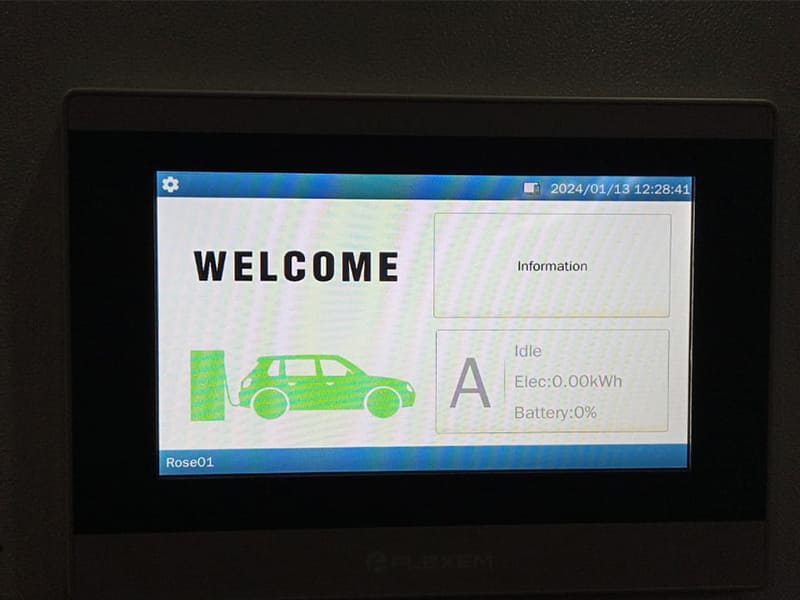As electric vehicle adoption grows, maintaining reliable charging infrastructure is crucial. EV charger station fault codes help diagnose issues quickly, minimizing downtime. Understanding these codes ensures efficient troubleshooting and better user experience. Below are seven common fault codes and their field response solutions.
1. Fault Code: E001 (Communication Error)
Possible Causes:
(1)Poor connection between charger and vehicle.
Damaged cable or connector.
Software glitch.
(2)Troubleshooting Steps:
Replug the charging cable securely.
Inspect for physical damage to the connector.
Restart the charger or update firmware if needed.
2. Fault Code: E002 (Overcurrent Protection Triggered)
(1)Possible Causes:
Excessive power draw.
Faulty internal components.
Voltage instability.
(2)Troubleshooting Steps:
Check if the vehicle’s charging demand exceeds the station’s capacity.
Reset the charger and try a lower charging rate.
If persistent, contact technical support for hardware inspection.

3. Fault Code: E003 (Ground Fault Detected)
(1)Possible Causes:
Electrical leakage in the circuit.
Damaged insulation in wiring.
Moisture ingress.
(2)Troubleshooting Steps:
Disconnect the charger and inspect for water damage.
Use a multimeter to check grounding integrity.
If unresolved, seek professional repair to prevent safety hazards.
4. Fault Code: E004 (Overheating Protection Activated)
(1)Possible Causes:
High ambient temperature.
Poor ventilation around the charger.
Cooling system malfunction.
(2)Troubleshooting Steps:
Ensure proper airflow around the charging station.
Reduce charging speed to lower heat generation.
Clean cooling fans or heat sinks if clogged with dust.
5. Fault Code: E005 (Charging Session Interrupted – Payment/Authorization Issue)
(1)Possible Causes:
RFID card/NFC authentication failure.
Network connectivity loss.
Billing system error.
(2)Troubleshooting Steps:
Retry authentication with a different payment method.
Check internet connection for network-dependent chargers.
Contact the service provider if the issue persists.
6. Fault Code: E006 (DC Charger Malfunction – Isolation Fault)
(1)Possible Causes:
Insulation breakdown in high-voltage components.
Contamination in connectors.
Internal circuit failure.
(2)Troubleshooting Steps:
Power off the station and inspect for visible damage.
Clean the connectors with a dry, lint-free cloth.
If the fault remains, professional servicing is required.
7. Fault Code: E007 (Charger Lock Failure – Connector Stuck)
(1)Possible Causes:
Mechanical jam in the locking mechanism.
Software error preventing release.
Vehicle-side locking issue.
(2)Troubleshooting Steps:
Manually check for obstructions in the locking pin.
Restart the charger to reset the system.
If the connector remains stuck, use the emergency release (if available).
Understanding EV charger station fault code is essential for operators and EV owners to ensure smooth charging experiences. While some issues can be resolved with simple resets or inspections, others may require professional intervention. Regular maintenance and real-time monitoring can help prevent frequent faults.
For businesses managing charging networks, integrating smart diagnostics and remote troubleshooting tools can further enhance efficiency. The above methods can not solve your EV charger station fault code, please contact AEGEN new energy, we have a strong technical team to support you.
